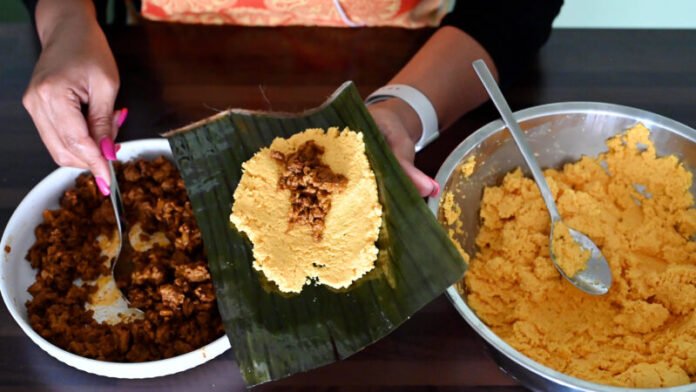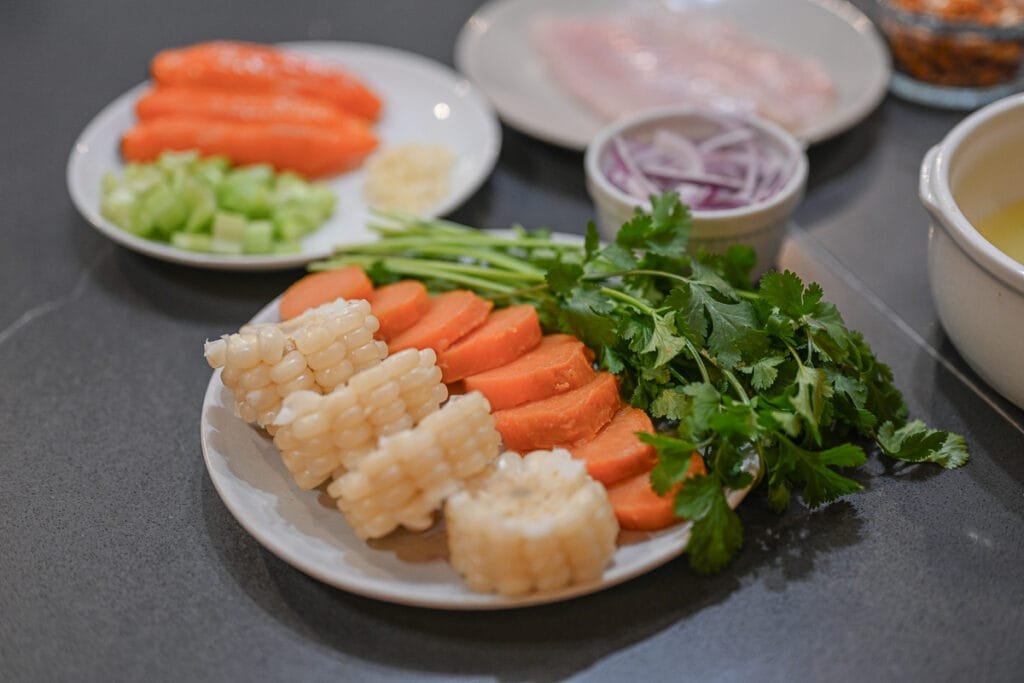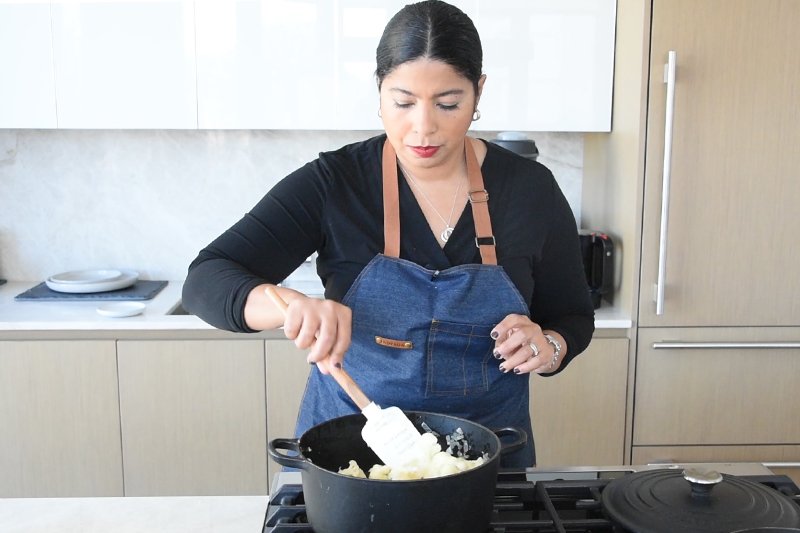Becoming more creative in the kitchen can be fun, but also overwhelming. Embarking on a culinary adventure needs a dash of passion, a pinch of innovation, and a hearty amount of fresh, quality ingredients. From whipping up a family comfort dish to exploring global cuisines, understanding the key elements will sharpen your culinary skills and elevate your culinary journey. Here are some key components when experimenting in the kitchen.
Ingredient Quality: The Essence of Taste
The first and most crucial station in your culinary voyage is the quality of ingredients. Quality matters, be it the quality proteins, the aromatic herbs, or even something as commonplace as the hearty Taylor Farms onions. Although ingredients like onions and garlic seem simple, getting the best quality will ensure the best flavor. To ensure premium quality, consider sourcing from local farmers’ markets, organic suppliers, or growing your seasonal produce.
Herbs and Spices: Bringing the Flavor
The second fundamental element in building a memorable dish is the intelligent use of herbs and spices. A well-seasoned dish resonates with your palate through the flavorful layers of multiple flavor profiles. Whether it’s the warmth of cinnamon, the fiery kick of red pepper, or the earthiness of fresh rosemary, a melange of spices can transform a flat dish into a memorable experience that your dinner guests will remember.
Culinary Techniques: The Art of Cooking
Mastering a range of culinary techniques is like acquiring new paintbrushes for an artist. These techniques include different styles of cutting, cooking methods like roasting, sautéing, grilling, and special techniques like fermentation or sous vide. Every method imparts a unique texture and flavor profile to the ingredients, thus broadening your culinary canvas. Use your kitchen like a lab, experiment with different techniques, and remember that practice makes perfect.
Cultural Exposure: The Window to Diversity
Cooking is an intimate way of exploring the culture and traditions of a region. Every dish has a story of local climate, indigenous ingredients, and generations of wisdom. By incorporating an understanding of culinary cultures different from your own, you enrich your palate with new flavor combinations and your mind with new food stories.
Cooking Tools: Essentials for a Memorable Dish
Every chef, regardless of skill level, requires the right tools to deliver their work of art. The right cooking tools are crucial to becoming more comfortable in the kitchen, from a chef’s knife with the perfect grip to a durable non-stick skillet or a heavy-duty mixer. They don’t just make cooking easier but also contribute towards achieving the desired results effectively and efficiently.
Presentation: The Visual Appeal
Presentation is as essential as the flavors. As the saying goes, ‘We eat with our eyes first.’ A well-plated dish evokes excitement and anticipation even before the first bite. Elements like plate color, arrangement of food, and garnishing play key roles in making a meal visually enticing. A pop of color from a sprig of herbs or an edible flower to a dessert can do wonders for a dish.
In conclusion, the realm of culinary adventures is ever-expanding, bound only by the limits of one’s creativity and curiosity. To take yourself on this journey, always consider the key elements: selecting quality ingredients like the crisp Taylor Farms onions, mastering the art of seasoning, constantly upgrading your cooking techniques, staying open to cultural influences, investing in efficient cooking tools, and presenting dishes with style and flair. Ensuring these checkpoints will make your culinary journey a delightful adventure whenever you enter your kitchen.










